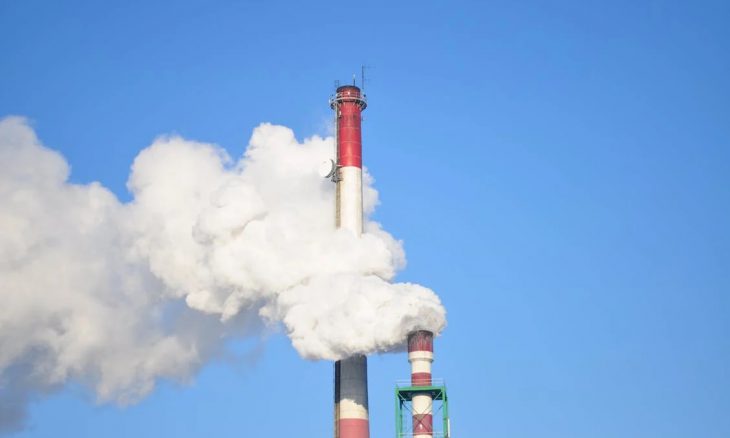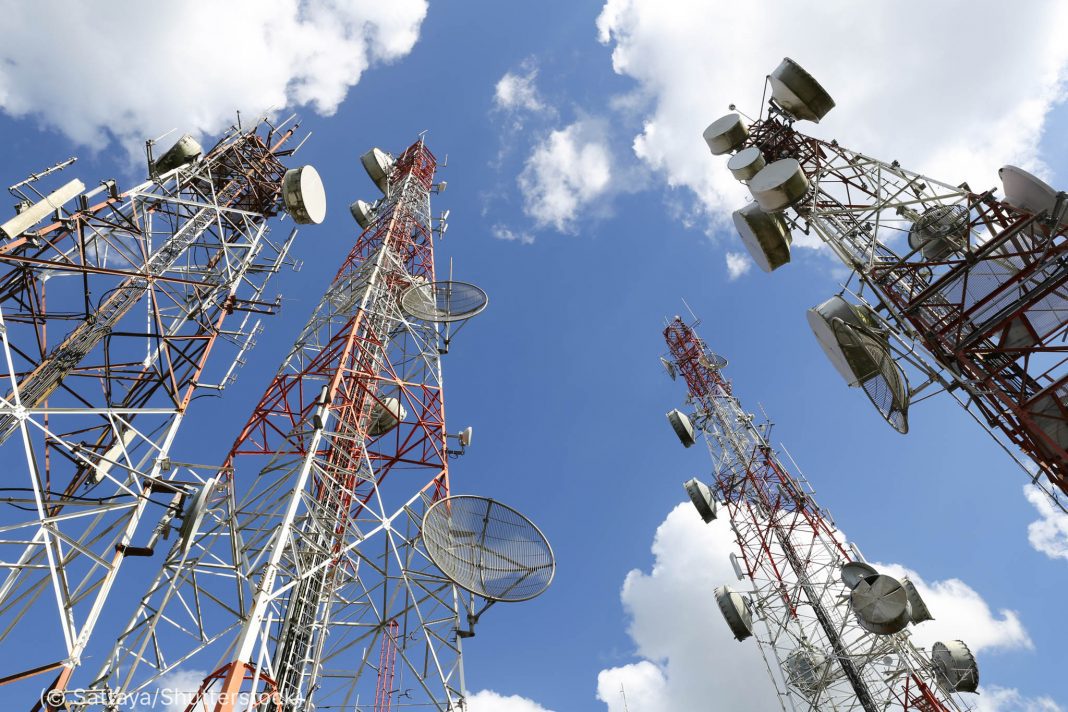The agency’s regulation would overrule state plans for ozone-producing gases crossing state lines.
At the end of the current term, the Supreme Court temporarily paused the Environmental Protection Agency’s “Good Neighbor” plan while a challenge to the rule is contested in a lower court. Ohio, West Virginia, and Indiana appealed to the high court regarding the plan, which seeks to restrict ozone pollution from upwind states.
Under the Clean Air Act, states are permitted to implement their plans, subject to EPA approval. The agency issued its own plans for nearly half the states after deciding that they had not created adequate plans to meet the EPA’s revised ozone standards. This led to litigation and appellate courts blocked the agency’s disapproval of 12 states’ plans.
Justice Neil Gorsuch wrote in the majority decision, “Together, these 12 states accounted for over 70 percent of the emissions EPA had planned to address.” He continued that the question was what happens “when many of the upwind states” are no longer governed by the federal plan “and it may now cover only a fraction of the states and emissions EPA anticipated?”
As the Lord Leads, Pray with Us…
- For discernment for the justices of the Supreme Court as they issue stays and injunctions during the summer recess.
- For wisdom for federal judges as they hear cases determining federal and state jurisdiction.
Sources: Institute for Energy Research, AP News









